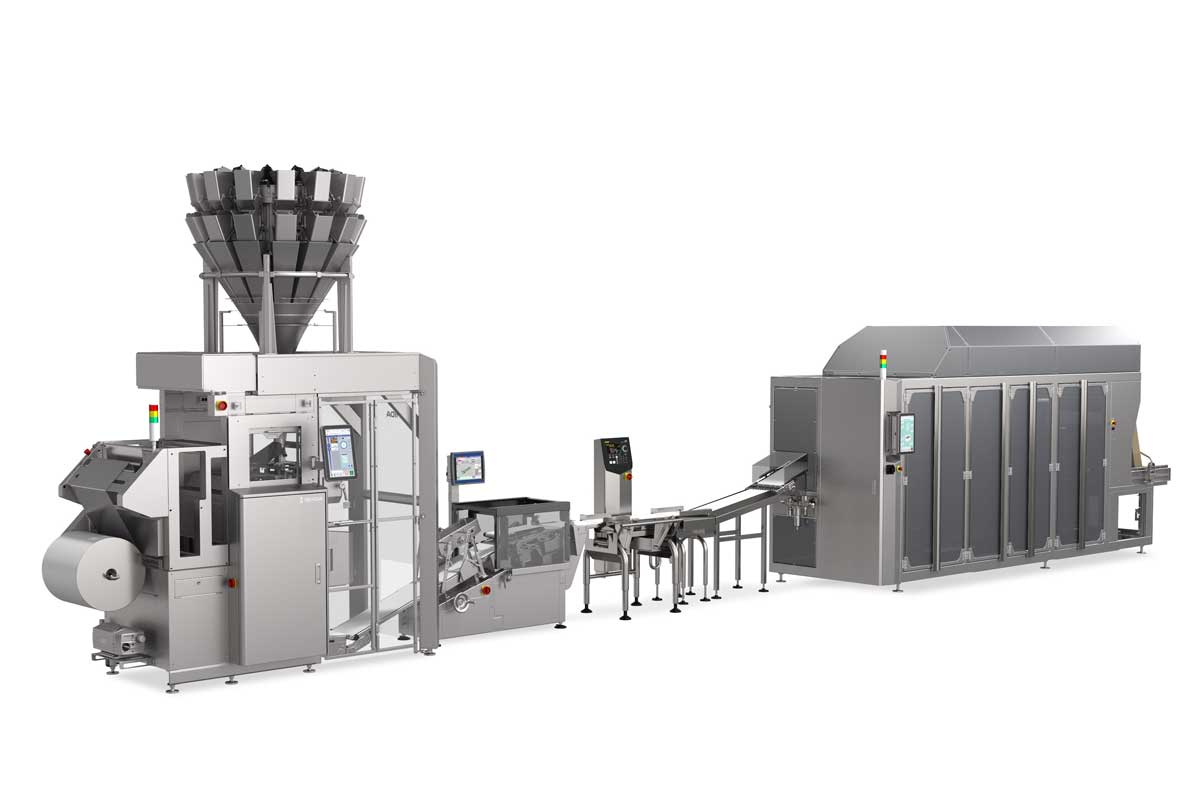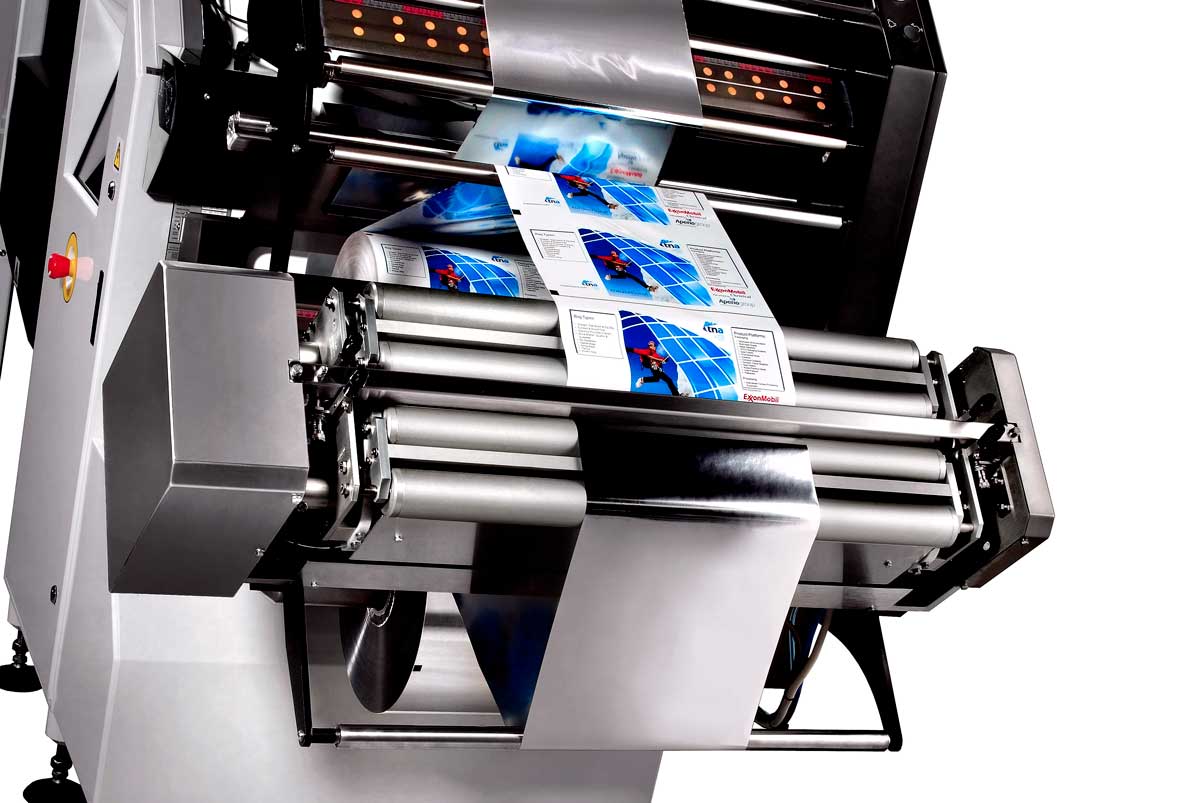In the nineteenth century, a letter that had been branded by the sender, closed with a wax seal and sent to a specific person meant it was an important and legitimate document. A deal and its terms had been satisfactorily completed. Since then, “signed, sealed and delivered” has been used more loosely, but the phrase always compels a transaction.
Perhaps this popular expression should be a model for baking and snack companies’ vertical packaging process.
For consumers buying a bagged product, they look for one that has good structure and is intact. If there’s good quality, they notice what brand can be trusted. If a package is deflated, or the seal seems partially undone, the brand won’t be legit in a consumer’s mind.
Other “vertical” packaging, such as flexible pouches, are gaining ground with consumers because of their ease-of-use and appealing visuals. While baking and snack companies like the low production costs of vertical packaging, they must preserve integrity through a seamless transaction with the consumer.
Airtight closure
A good seal for vertical form/fill/seal (v/f/f/s) packaging begins with the right material. While film type is dependent on the product, shelf-life longevity and distribution channel, a quality material provides a barrier to light and oxygen.
Many companies prefer resistance film, said Christine Duncan, marketing manager, flexibles, Matrix Packaging Machinery. Additionally, manufacturers have been experimenting with sustainable films such as those that are compostable or 100% recyclable.
When it comes to pouches, which are a growing trend even within the baking and snack industries, the material type can be the same as most v/f/f/s packaging, but the seal is vastly different due to its resealability.
“The stand-up pouch market has grown in popularity across many food categories, and relative to the baking and snack foods industry, the ability to reseal and keep contents fresh is more useful to consumers,” noted Rick Gessler, vice-president of marketing, engineering and production, Delkor Systems, Inc.
Slider or zip-lock might be the most popular type of designs for resealable pouches, Ms. Duncan said. The consumer simply rips off the top portion of the bag and opens the seal to get to the product. It can then be opened and closed when needed like a zipper, though using the seam too often could lower the product’s freshness. With all resealable bags using zippers or reclose tabs, crafting for repetitive sealing and unsealing is key.

Once the material and seal have been chosen, the next key to verify performance is a combination of three elements on the machine: time, temperature and pressure. Jeffrey Almond, snack food industry manager, packaging, Heat and Control, said this ensures a stable end and back seal.
A good seal is also a clean one. This means there are no inclusions such as the product, crumbs or flavoring within the seam.
“Any inclusions can cause leaks, which allow oxygen to oxidize the product,” said Shayne De la Force, chief marketing officer, TNA Solutions. “And in the case of fried product, this can cause the oil to go rancid, thus spoiling the taste.”
Although the v/f/f/s process requires a certain amount of dwell time to properly seal, these packages are recognized for their efficiency in comparison with other packaging.
“The main advantage is that these flexible pouches can be produced at high speeds and efficiently while maximizing processing capacity,” Mr. Almond said. “They are easily distributed and leverage the supply chain. This process is also the most cost-effective way to meet the consumers’ demand for snacks.”
Some seals can be created faster than others.
“Lap seals will generally run faster than Fin seals and produce higher quality end seals due to the three layers requiring sealing at the back-seal area instead of four,” Mr. De la Force said.
To maintain efficiency, Matrix Packaging Machinery developed the Morpheus, a v/f/f/s machine that doesn’t stop the motion of the film as it’s being sealed. Instead, the high-speed jaw system cuts the material and allows enough dwell time for three pouch seams to seal correctly. Even films such as polyethylene that require higher dwell time can be closed efficiently without stopping the movement.
Moving vertically
Back in the day, important letters would be delivered carefully to the recipient after being sealed. If damaged, it would lessen the trustworthiness of the content inside.
In the same way, vertically bagged products require a smooth transition through equipment, onto the truck and into a store, and how well a bag is closed has a lot to do with how well it transports.
A good seal is also a clean one. This means there are no inclusions such as the product, crumbs or flavoring within the seam.
“Usually the bags are packed tight in a case suitable for distribution,” Mr. Almond said. “The most important aspect of good transportation is having the correct amount of air filled in the bag. Those that are too loose in the case risk product breakage and too tight may lead to inefficient packing.”
Vertical packages can be laid flat or left upright, depending on the product, for minimized shipping impact. The resealable closures on flexible pouches mitigate the chance of spillage during transport, and they can be packaged more tightly in boxes, Ms. Duncan said. Their flexibility also makes them less prone to damage when dropped or condensed in delivery.
This flexibility is also useful on the production floor as the product moves through equipment.
“The main advantage is that these flexible pouches can be produced at high speeds and efficiently while maximizing processing capacity,” Mr. Almond said. “The current process requires dropping product from 12 feet to the floor.”
A company should verify the package and its seal won’t break during movement in production as well as a machine’s compatibility with the vertical package. TNA developed solutions based on simplicity.

“Whether it’s our patented stripper tuber closers or our hyper-detect metal detector, the TNA SHS Packaging system is designed to have the optimal transfer for any product ensuring we achieve the highest packaging speeds with the lowest rejects in the market,” Mr. De la Force said.
Branded presentation
Finally, a signature verifies the validity of a document and its sender. In baking and snack production, a package should be branded by the company. Vertical bags visible within a secondary package such as a tray have the ability to stand out on shelves. The same is true of shelf-ready packaging. Flexible pouches’ resealability and shape are especially trending with consumers.
The Delkor Cabrio Case provides shelf-ready packaging for pouches.
“Consider the retail environment where your pouches will be displayed and how the pouches will appear on a shelf after they have been stocked or shipped,” Mr. Gessler said. “Combined with the resealable stand-up pouches and excellent opportunities for graphics and cutouts on the front of the display tray, shelf-ready is the package of choice for many products.”
But there is also a wide range of presentation choices for vertical bags that can showcase a brand.
“Whether it is a bag in a box, chain bags, tear strips or bags in bags, provided you have a good quality film and a reliable supply chain, bag quality to market should be high,” Mr. De la Force said.
To get products off the shelf — completing a transaction with consumers — they have to be valued as genuine. The way to achieve this through vertical packaging is a visible and quality bag. So be ready to sign, seal and deliver.




